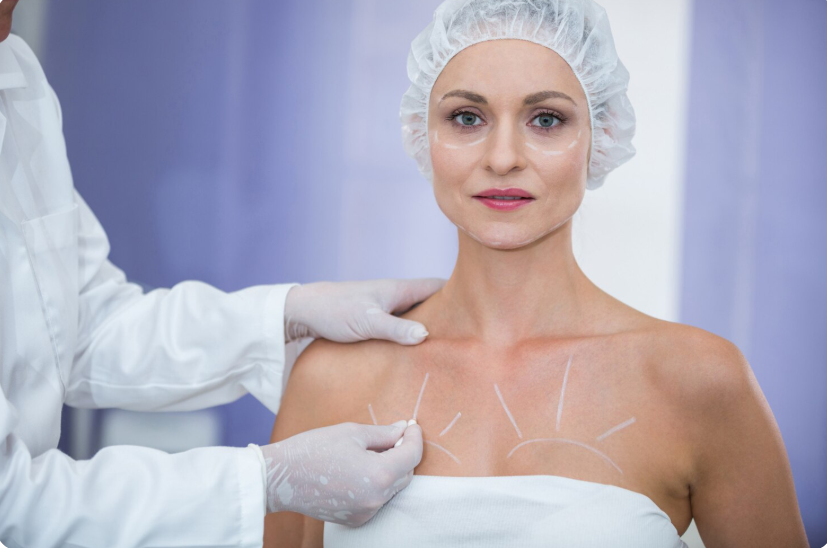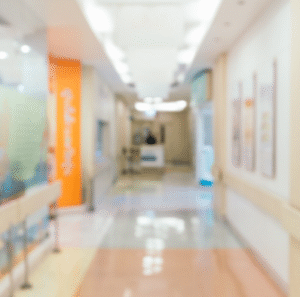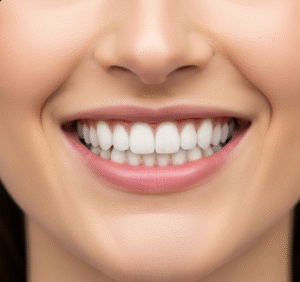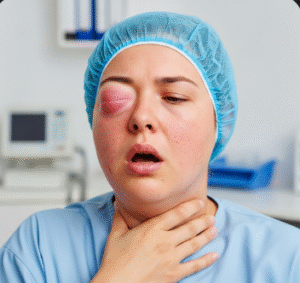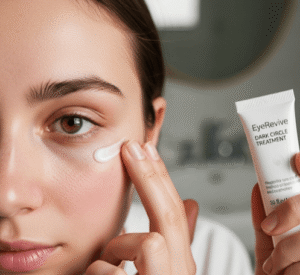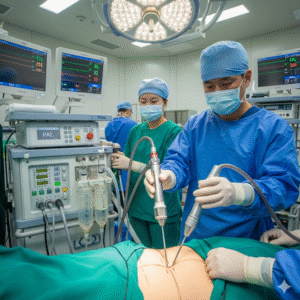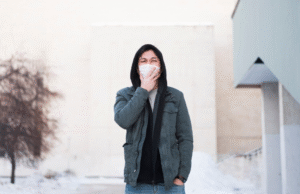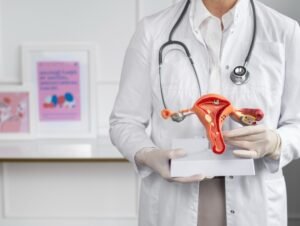What It Is
Axillary or bra-line liposuction is a specialized cosmetic procedure that removes stubborn fat deposits around the underarm, upper back, and sides of the chest that often create bulges near the bra line. This area is resistant to diet and exercise, and many women notice that even when they lose weight, the “bra bulge” remains.
By carefully suctioning out this localized fat, the surgeon creates a smoother transition between the arms, chest, and back, giving the upper body a slimmer, more contoured appearance. The goal is not just fat removal, but improved body proportions that make clothing fit more comfortably and naturally.
Why It’s Done
This procedure is often chosen for both aesthetic and practical reasons.
- Cosmetic reasons: Many patients dislike the way tight clothing emphasizes bra bulges. Photos from the side or back may highlight these fatty deposits, leading to self-consciousness.
- Practical reasons: Excess fat in this area can cause rubbing, discomfort in fitted tops, or difficulty wearing strapless and form-fitting clothing.
Typical candidates include:
- Women who notice “spillage” over or under the bra strap despite healthy weight.
- Patients with genetically predisposed fat storage in the underarm/upper back area.
- Individuals seeking combination contouring (with breast surgery, upper body lift, or arm liposuction).
Alternatives
- Non-surgical treatments: Fat-dissolving injections (lipolysis), CoolSculpting (freezing fat cells), or radiofrequency-based reduction. These are less invasive but require multiple sessions and give modest results.
- Lifestyle measures: Exercise may tone muscles but rarely eliminates this localized fat pocket.
- Other surgical options: If significant sagging skin is also present (often after weight loss), procedures like a bra-line back lift or upper body lift may be recommended in addition to liposuction.
Preparation
Before undergoing axillary/bra-line liposuction in Korea, patients usually go through:
- Consultation: A plastic surgeon will assess fat thickness, skin elasticity, and overall body contour. They will also discuss whether liposuction alone is sufficient or if skin tightening may be needed.
- Medical tests: Basic bloodwork and health evaluation to ensure safety.
- Medication adjustments: Blood-thinning drugs, aspirin, or certain supplements may need to be stopped.
- Lifestyle adjustments: Smokers are advised to quit several weeks prior to improve healing. Patients are also encouraged to maintain stable weight before surgery.
How It’s Done
- Anesthesia: Depending on the extent of fat removal, the procedure may use local anesthesia with sedation or general anesthesia.
- Incisions: Tiny incisions (usually less than 1 cm) are placed discreetly in natural folds near the underarm or along the bra line.
- Tumescent fluid injection: A special fluid is injected into the fat to numb the area, minimize bleeding, and make fat easier to suction.
- Fat removal: A thin cannula (tube) is inserted through the incisions, and fat is suctioned out with gentle, controlled movements. Korean surgeons often use advanced liposuction technologies like VASER (ultrasound-assisted) or laser-assisted liposuction for more precise sculpting.
- Duration: 1–2 hours, often as a day surgery (no overnight stay).
Recovery
- First few days: Patients experience mild swelling, bruising, and soreness around the armpit and upper back. Pain is usually controlled with oral medication.
- Compression garment: A specially designed garment or band is worn around the chest and upper back for several weeks to reduce swelling and support the new contour.
- Return to daily life: Many patients resume light work after 3–5 days. Heavy exercise should be avoided for 3–4 weeks.
- Final results: The body continues to heal and tighten for 2–3 months, with results becoming progressively more defined.
Possible Complications
While axillary liposuction is considered safe, patients should be aware of potential risks:
- Temporary bruising, swelling, or numbness in the treated area.
- Minor contour irregularities or unevenness if healing is not uniform.
- Rare risks include infection, hematoma, or skin laxity if too much fat is removed.
- In very rare cases, scar tissue under the skin may cause firmness, which usually softens over time.
Treatment Options in Korea
Diagnosis
Korean surgeons take a tailored approach, using both physical assessment and body imaging when necessary. They measure fat thickness, skin elasticity, and balance between the chest, arms, and back to determine the ideal treatment strategy.
Medical Treatments
For patients hesitant about surgery, clinics often recommend non-surgical options such as cryolipolysis (fat freezing), radiofrequency treatments, or injection lipolysis. These may work well for smaller fat deposits but do not offer the same dramatic results as liposuction.
Surgical or Advanced Therapies
Liposuction is the gold standard. Many Korean clinics use power-assisted, laser-assisted, or VASER liposuction to target fat more precisely while preserving skin smoothness. In cases of loose skin, liposuction may be combined with a bra-line lift for optimal results.
Rehabilitation and Support
Recovery care in Korea is thorough and patient-centered. Support often includes:
- Regular follow-up visits for incision checks and contour monitoring.
- Access to post-op therapies like lymphatic drainage massage or radiofrequency skin tightening to speed healing.
- Detailed guidance on garment wear, activity levels, and scar care.

